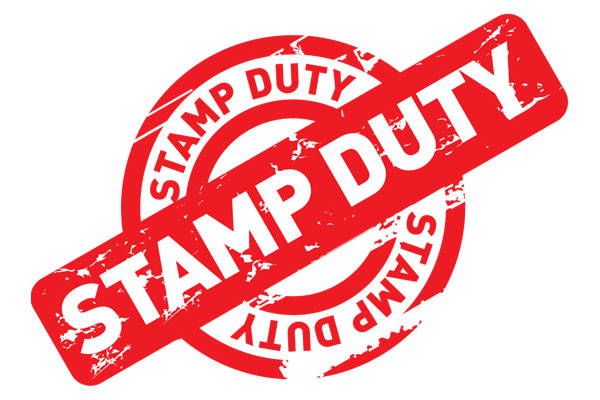With states like Maharashtra and Karnataka mulling a reduction in stamp duty and registration charges, the festive season – beginning with Ganesh Chaturthi – may get a very real shot in the arm. Both a one-time waiver for first-time homebuyers and an outright cut of stamp duty charges could be festive season gamechangers.
Such measures are not new. In previous unprecedented times of extreme market stress – such as post structural reforms like DeMo, RERA etc. – some state governments gave concessions to boost their sluggish real estate markets. For instance, in FY 2017-18, the Haryana government slashed circle rates by 3-8% (which are usually revised upwards every year) to push housing sales while Maharashtra kept their ready reckoner rates unchanged, instead of revising them upward, the same year to push demand.
Anuj Puri, Chairman – ANAROCK Property Consultants says, “Apart from the obvious homebuyer benefits, the government can generate badly-needed revenue via increased registrations after the most severe downturn in recent history. Affordable and mid-segment properties, which are in maximum demand, would see the most traction from such a move. “
“To ease inventory pile-up and cost overruns, many players have already topped off discounts with added incentives such as booking amount refunds, statutory fees waivers, cashback schemes, easy payment structuring and assorted freebies. A stamp duty rate cut could push sales into the green during the festive season.”
The Math
The stamp duty rate, payable on the sale agreement, is fixed by the respective state governments and therefore varies:
- Stamp duty charges in Karnataka are 5% for properties costing more than INR 35 lakh, 3% for properties priced between INR 21 lakh to INR 35 lakh and 2% for properties up to INR 20 lakh. A lower stamp duty charges for affordable properties was announced in the last state budget and the government is being asked to extend the lower charges to properties above INR 35 lakh as well.
- In Maharashtra, stamp duty charges are 5% in key cities like Mumbai, Pune, Nagpur and Nashik, and 6% in others. A 2-3% reduction in rates will result in significant savings for homebuyers.
Stamp duty rates in other major states largely hover anywhere between 5-8%, but they are lower in some states if property registration is executed in the name of a woman. Delhi, UP, Rajasthan, Punjab and Haryana offer relaxation in stamp duty for women buyers. The exemption on stamp duty ranges from 1-2% in different states:
| State | For Men | For Women |
| Delhi | 6% | 4% |
| Haryana | 6% in rural & 8% in urban areas | 4% in rural & 6% in urban areas |
| Rajasthan | 5% | 4% |
| Punjab | 7% | 4% |
* Indicative and may change. Stamp duty may vary city to city within a state
Potential Savings
A property measuring 500 sq. ft. in a locality in Mumbai can cost as much INR 14,100/sq. ft. as a basic price. Parking charges can run up to INR 2.80 lakh, and floor rise charge to INR 45/sq. ft. (for a property on the 7th floor, the floor rise premium will be INR 315 per sq. ft. (45*7=315). The total base price will thus be INR 14,415/sq. ft.
- Saleable value = 500 * 14,415 = INR 72,07,500 (basic cost) + 2,80,000 (parking charges) = INR 74,87,500 /-
- Registration Charges = 1% of INR 74,87,500 = INR 74,875 /-
- Stamp duty = 5% of INR 74,87,500 = INR 3,74,375 /-
- Total cost of the property = INR 79,36,750/-
If stamp duty charges are reduced by 2% to a new rate of 3%, a buyer immediately saves INR 1,49,750 /-. With a 3% reduction, the saving is nearly INR 2,24,625 /-. Such amounts matter in affordable and mid-segment properties.
Given that the residential industry revival will necessarily be a collaborative effort involving all stakeholders, there is anticipation that the government will provide this important nudge to what is traditionally the period of maximum traction for the housing sector.

